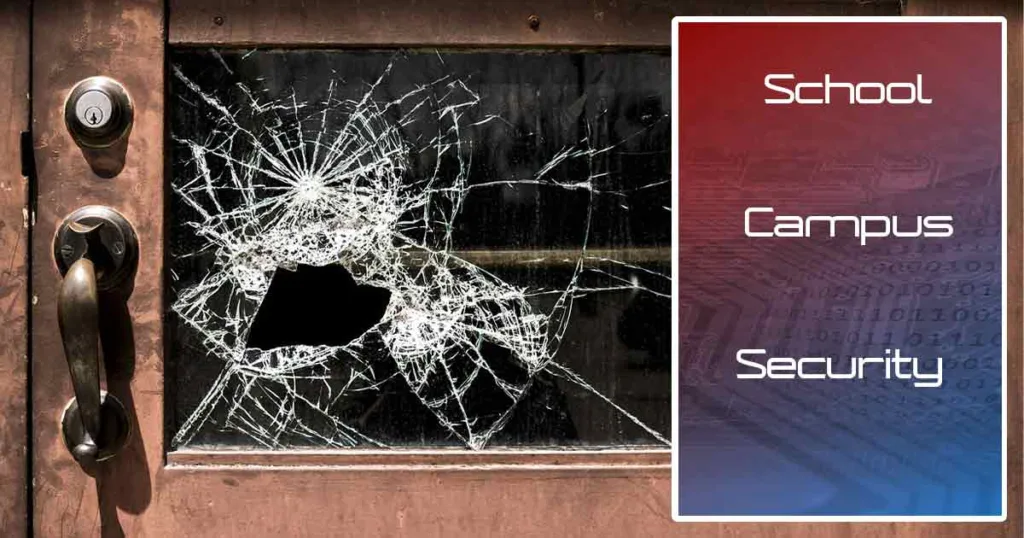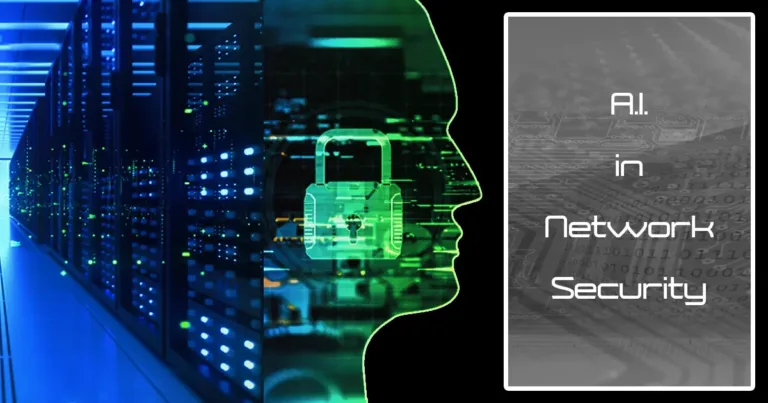The Definitive Guide to School Campus Security
In the heart of every community, school campuses stand as beacons of growth, learning, and personal development. Ensuring the safety of students, faculty, and staff is pivotal, making school campus security a top priority for educational success. This all-encompassing guide delves into the multifaceted approach needed for safeguarding our future leaders, offering insights and strategies to enhance school campus security.
Forge Impenetrable Physical Security Measures
Revolutionize school campus security with state-of-the-art biometric systems, ID card scanners, and comprehensive visitor logs. Such measures guarantee meticulously managed access, keeping campuses secure.
Fortify Classroom Safety
Implement security cameras and lockable doors within classrooms and provide panic buttons to create a secure learning environment. These steps are essential in bolstering school campus security.
Secure Recreational Havens
Surveillance and robust fencing around playgrounds and sports facilities are crucial to protect the areas where students learn and grow outside the classroom, underscoring the importance of school campus security.
Digital Security: Shielding the Future
Guarding Student Data
Encrypt student data to safeguard their information and future, illustrating a key component of school campus security. Encrypted communication channels between schools, parents, and students enhance transparency and trust.
Encrypted Communication Channels
Facilitate secure conversations between schools, parents, and students on end-to-end encrypted platforms, nurturing a culture of transparency and trust.
Combat Cyberbullying
Empower students with the knowledge and tools to stand against cyberbullying, fostering a supportive and secure online community, further emphasizing the importance of comprehensive school campus security.
Emergency Preparedness: A Blueprint for Safety
Fire Safety and Evacuation Mastery
Engage with local fire departments for inspections and drills and train for swift lockdown procedures. These preparedness measures underscore the critical role of school campus security in emergencies.
Medical Readiness
Equip your school with updated first aid kits and trained professionals prepared for any medical emergency, underscoring our commitment to health and safety.
Transportation Safety: Journeying with Care
Bus Safety Innovations
GPS trackers on buses and structured pick-up and drop-off zones ensure student safety, integral to school campus security. Educating on road safety and providing secure bike racks encourage safe, independent journeys.
Streamlined Pick-up and Drop-off
Implement structured zones for seamless transitions, prioritizing student safety and efficient traffic flow.
Safe Passages
Educate on road safety, provide secure bike racks, and ensure pedestrian paths are safe, encouraging healthy, independent journeys.
Empowering Through Education and Technology
Enlightened Staff and Parent Engagement
Regular workshops for staff and parents and student empowerment sessions highlight the collaborative approach to school campus security. Introduce smart apps for real-time tracking and emergency alerts, leveraging technology for proactive threat detection.
Student Empowerment Workshops
Tailor age-appropriate sessions to arm students with knowledge on personal safety, online security, and emergency protocols, equipping them with confidence and awareness.
Innovative Security Technology
Introduce smart apps for real-time bus tracking, issue reporting, and emergency alerts, coupled with AI-powered surveillance for proactive threat detection, weaving a net of protection with technology.
Strengthening Ties with Local Authorities:
Partnership with Law Enforcement
Forge partnerships with local law enforcement to enhance school campus security measures through collaborative safety workshops and insights on potential threats.
Fostering Community Vigilance
Encourage a watchful community, extend the safety net beyond campus boundaries, and ensure every child’s welfare is a shared responsibility.
Navigating Legal Compliance
Stay informed about security regulations, ensuring that school campus security measures are effective and compliant with laws.
Elevate Your School’s Security with Grab The Axe
Partner with Grab The Axe to transform your school campus into a fortress of learning equipped with the latest in security technology and best practices. Secure your campus now and invest in the peace of mind for students, parents, and educators alike.
Through detailed enhancements and a focus on comprehensive safety measures, this guide aims to provide educational institutions with the knowledge needed to significantly improve school campus security and ensure a safe environment for all.”
Secure Your Campus Now: Contact Grab The Axe for a Comprehensive Security Assessment
Embrace the future of education with confidence. With Grab The Axe, you’re not just enhancing security; you’re investing in the peace of mind for students, parents, and educators alike. Act now to ensure your school is a safe haven for every dreamer and achiever walking through its gates.
References:
- Margolis Healy & Associates. (n.d.). Campus security guidelines: Recommended operational policies for local and campus law enforcement agencies. Bureau of Justice Assistance, Office of Justice Programs, U.S. Department of Justice. Retrieved from https://bja.ojp.gov/sites/g/files/xyckuh186/files/Publications/MCC_CampusSecurityGuidelines.pdf
- Love, H. R., & Mack, A. E. (2020). Enhancing campus safety and security with social media and smartphones. Frontiers in Public Health, 8, 136. https://doi.org/10.3389/fpubh.2020.00136
- Zhang, L., Zhou, W., & Li, X. (2022). Research on optimization of boundary detection and dangerous area warning algorithms based on deep learning in campus security. Journal of Information Systems Engineering & Management, 7(1), em0138. https://www.jisem-journal.com/article/research-on-optimization-of-boundary-detection-and-dangerous-area-warning-algorithms-based-on-deep-13844
- Wang, Y., & Liu, J. (2022). Study on campus safety management system based on GIS and big data. In Proceedings of the 2022 International Conference on Education, Information Management and Technology (EIMT 2022) (pp. 233-238). Atlantis Press. https://doi.org/10.2991/assehr.k.220307.040
- Centers for Disease Control and Prevention. (n.d.). CDC 24/7: Saving Lives, Protecting People. Retrieved March 9, 2024, from https://www.cdc.gov/
- National Library of Medicine. (n.d.). PubMed. Retrieved March 9, 2024, from https://pubmed.ncbi.nlm.nih.gov/
To Learn More:
Physical Security in Government Buildings: Comprehensive Guide to Enhancing
Revolutionizing Community Safety: Security Technology Updates in Phoenix Unveiled






This Post Has 7 Comments
Pingback: How Do I Protect My Children from Cyberbullying? - Grab The Axe
Pingback: Expert Strategies in Cyber Threat Mitigation: Insights from UAT’s Marcos Xochihua
Pingback: Mastering Security Marketing: Insights from UAT’s Stace Dixon
Pingback: Robotics Cybersecurity: Protecting the Future with UAT’s NeAndrea Harris
Pingback: Physical Security in Government Buildings: Comprehensive Guide to Enhancing - Grab The Axe
Pingback: Safeguard Your Digital Life: Ultimate Cyberstalking Prevention Tips - Grab The Axe
Pingback: School Cybersecurity in Phoenix: Protecting Students and Faculty in the Digital Age - Grab The Axe
Comments are closed.